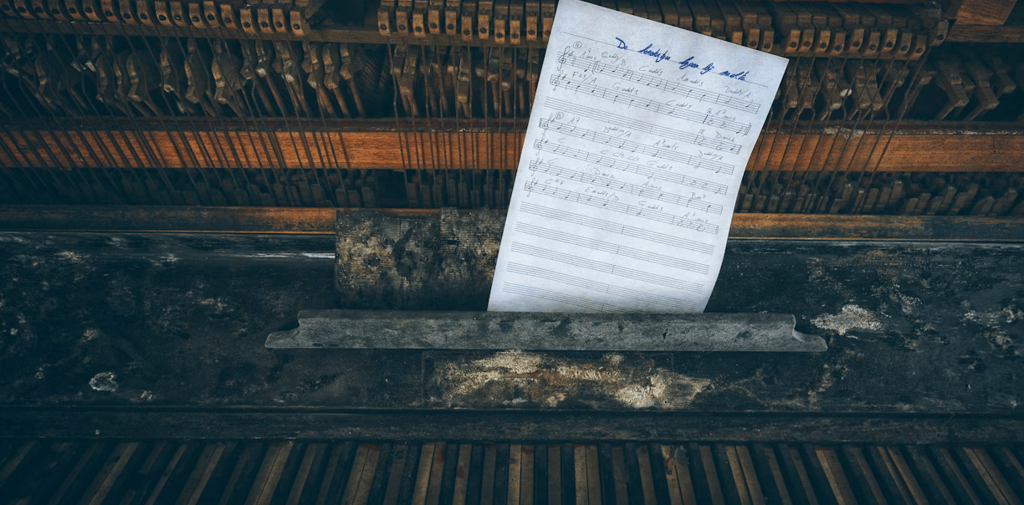Music Sheet or Music Cheat? Is Traditional Music Dead in the Age of AI and Digital Production?
How technology is reshaping the way we learn, play, and produce music.
LEARNTECHNOLOGY
Servo Sapiens


The way we learn and create music is undergoing a radical transformation. Once, mastering music meant hours of practicing scales, reading sheet music, and perfecting technique on an acoustic instrument. Today, a laptop, a MIDI keyboard, and a digital audio workstation (DAW) can turn anyone into a producer. Tools like synthesizers, samplers, sequencers, and even generative AI platforms can create entire compositions without touching a piano or guitar.
So, in the age of technology, is traditional music learning obsolete—or is it still the foundation of true musicianship?
1. The Case for Traditional Music Learning
Learning through music sheets and acoustic instruments has centuries of credibility. It provides:
Musical Literacy: Reading and interpreting sheet music trains your brain to understand harmony, rhythm, and dynamics deeply.
Ear and Finger Training: Physical instruments demand precision and discipline that software shortcuts can’t replace.
Universal Foundation: A pianist who can read music can play Chopin, accompany a jazz band, or even transition into film scoring.
Practicality: While traditional learning is time-consuming and often expensive—lessons, instruments, and maintenance cost real money—it builds skills that last a lifetime. It’s also reliable because once you learn to read and play, no software update can take that away.
2. The Rise of Modern Music Technology
On the other side, digital music creation has democratized music. Anyone can open Ableton Live, FL Studio, or Logic Pro and start composing without ever reading a single note. Modern tools include:
MIDI Controllers & Synthesizers – Play any sound imaginable with one instrument.
Samplers & Sequencers – Loop, cut, and arrange sounds effortlessly.
Generative AI & Auto-Composition – Platforms can now suggest chord progressions, beats, or even write full songs.
Efficiency and Cost: Digital methods can be faster and, in some cases, cheaper. A $300 MIDI keyboard and a DAW subscription can replace multiple expensive instruments. Producers can create complex orchestral arrangements without hiring an orchestra—or even knowing how to play violin.
However, there’s a trade-off. Technology can make “shortcut musicians” who rely on presets and loops without ever developing the intuition of trained musicianship.
3. Which Should Come First?
If you are starting out, the decision depends on your goals:
For serious musicianship or performance: Start with traditional learning. It takes longer and costs more upfront but gives you a lifetime foundation and creative freedom.
For music production and speed: Begin with digital tools. You can start creating immediately, which is motivating and cost-effective. Over time, adding traditional skills can deepen your artistry.
Hybrid Approach (Best of Both Worlds):
The most successful modern producers—like Hans Zimmer or Jacob Collier—blend both worlds. Understanding music theory and instruments helps create original, emotive music, while technology accelerates production and experimentation.
4. The Verdict: Evolution, Not Death
Traditional music isn’t dead—it’s evolving. Music sheets are no longer the only path, but they remain a powerful tool for those who want depth and longevity in their craft. Digital tools, from MIDI to AI, are “music cheats” only if they replace learning entirely. When used as creative allies, they expand what music can be.
In the digital age, the smartest path is not choosing between tradition and technology but mastering how to combine them.
© Servo Sapiens 2025. All rights reserved.